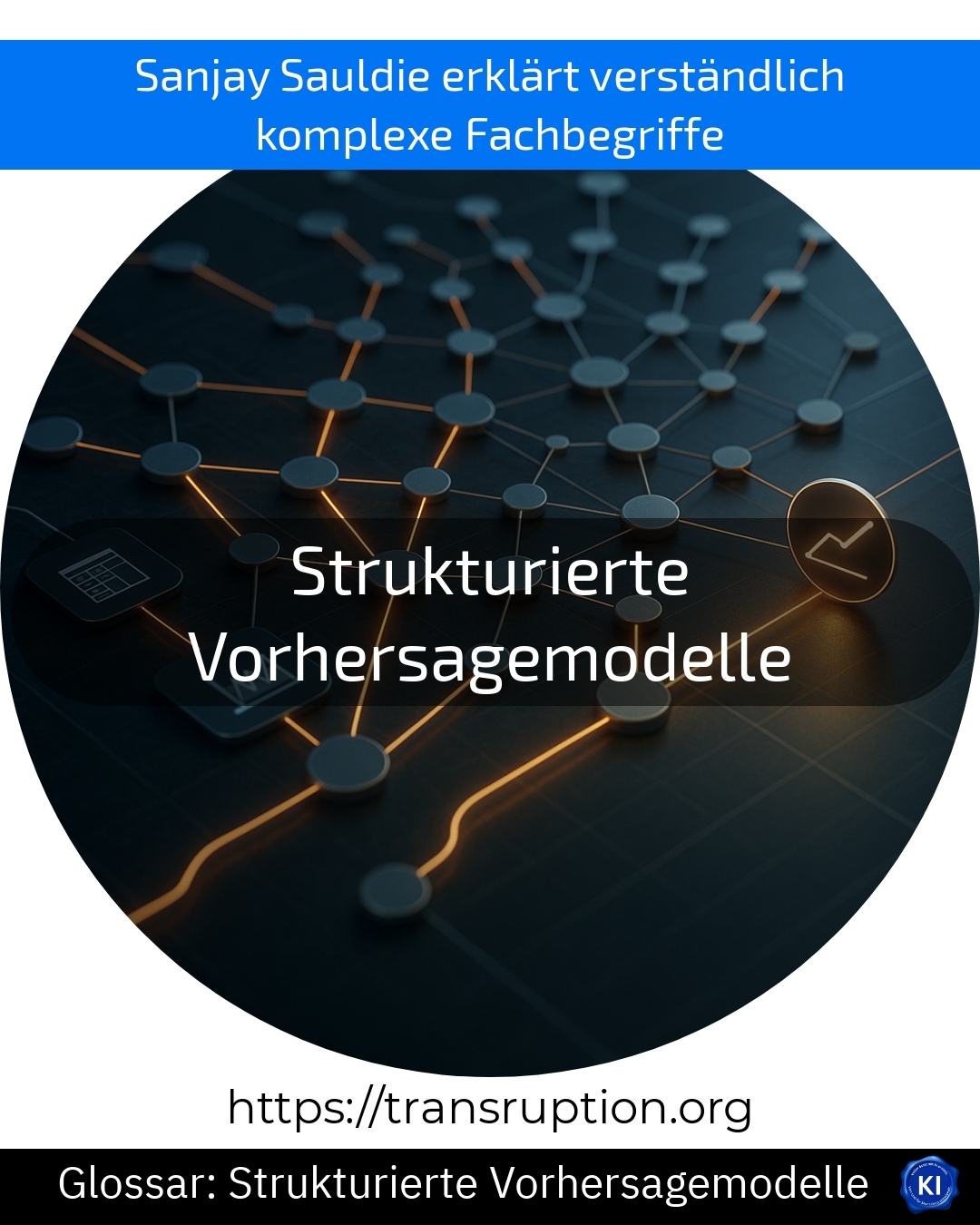The term "structured prediction models" is particularly relevant in the fields of artificial intelligence, big data and smart data as well as industry and Factory 4.0, where the aim is to make reliable predictions for future developments from a large amount of collected data.
Structured prediction models are mathematical methods that specifically analyse data in order to identify patterns and correlations. On this basis, they can, for example, estimate how high the demand for a product will be next month or when a machine in the factory is likely to break down. This enables companies to save costs and plan their processes better.
An illustrative example: In a car factory, data on machines, temperature and production figures is collected every day. A structured prediction model can use this data to calculate when a particular machine is likely to require maintenance. In this way, a breakdown can be prevented before it even occurs.
The great advantage of structured forecasting models is that they learn from existing data and become even more accurate with each additional piece of information. This provides decision-makers in companies with a sound basis for planning and enables them to recognise risks at an early stage.















